Posted in: 07/15/2022
Implementing a corporate environmental education program can be a challenge even for companies that already have a tradition of developing environmental education actions.
It is often necessary to bring a new look , made possible by a structured service designed to meet the necessary requirements within the specific context of the guidance process to be carried out.
This is the case of the Ecolive Project , carried out by Synergia Consultoria Socioambiental, at the service of the company Anglo American, which, due to the pandemic, had to be very quickly adapted to achieve its pedagogical objectives , in a necessary condition of isolation, which was very challenging.
Anglo American in Brazil has a relevant history in the development of social programs , whether in promoting community projects , or in direct involvement in environmental education actions or education in general.
Part of these actions are carried out in the context of environmental licensing policies , characterized as mandatory actions to obtain their environmental licenses; and another part is carried out in partnerships with diverse social segments , such as the teaching networks of the host municipalities, characterizing, in this case, voluntary or social responsibility actions .
As for the licensing of its structures, the company develops Environmental Education Programs (PEA) . The first one is linked to your mine and processing plant, inspected by SEMAD – MG . The second is linked to the pipeline , inspected by IBAMA and the third is linked to the Nickel business units and inspected by SEMAD-GO .
The ongoing Programs are part of the Environmental Control Plan (PCA) of the Minas-Rio mine and beneficiation unit and the PCA of the Nickel unit and the Basic Environmental Plan (PBA) of the pipeline and Nickel, following the guidelines of the Normative Deliberation ( DN) 238/2020 and Normative Instruction (IN) 02/2012, respectively.
Its actions are carried out with the communities belonging to the area of direct influence of the Minas-Rio [i] (Minas Gerais and Rio de Janeiro) and Níquel (Barro and Niquelândia) projects , as well as with its direct collaborators (own ) and indirect (outsourced) also allocated in these projects.
The actions are composed of a set of activities , such as: training in the form of workshops or lectures; educational awareness and training campaigns; online and in-person educational and celebratory events; pedagogical interventions with practical activities and distribution of didactic-informative materials , among others.
In this context, Synergia Consultoria was contracted for the planning , execution , monitoring and evaluation of environmental education actions linked to the Minas-Rio project. In addition, the consultancy strongly acted in social mobilization actions , institutional articulation , with the involvement of the public management of local municipalities in the development of actions, and in the conception and creation of didactic materials, such as booklets, games and educational videos.
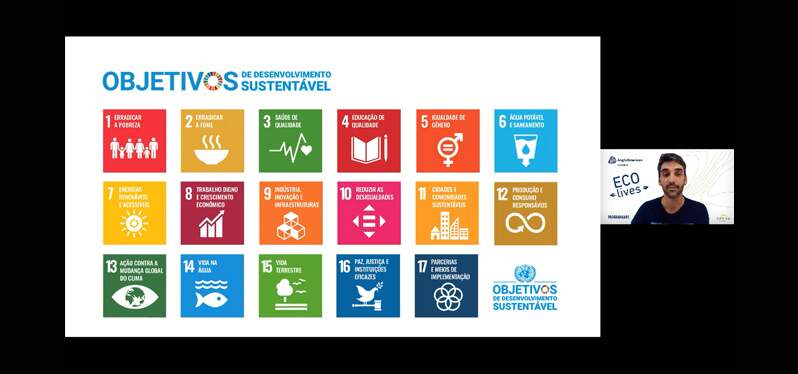
The main objective of the work consists of raising awareness and educating people directly involved with the enterprise’s actions so that they expand their knowledge and skills for a collective action to improve the environment and life quality in the region.
With the arrival of the Covid-19 pandemic , there was an accelerated transformation in work methodologies so that the activities carried out, in almost 100% of the cases in person, could be carried out remotely and , thus, the flow of actions was maintained. of environmental education developed by the company.
However, without social contact, as advocated by health protocols to combat the proliferation of the virus during the pandemic period, this transformation required an adjustment that incorporated tools and interaction processes into the digital language.
All of this brought about changes in terms of the pedagogical aspects of the nature of the actions, implying learning both for the program execution teams and for the public covered by the actions.
In this sense, this article aims to reflect on this process of digital transformation in the development of programs, taking as an example a specific project of the Environmental Education Program aimed at the internal public and linked to the mine and the beneficiation plant of the iron ore unit of the Anglo American – the Ecolive Project. After its implementation, the project was also extended to its nickel operating units in Brazil, located in Barro Alto and Niquelândia, in Goiás.
The Ecolive Project was developed due to the implementation of corporate environmental education and took on different forms, being resilient in the face of the pandemic situation, as we have seen.
It consisted of promoting conversation circles in a live format with specialists from the company itself or from outside it on environmental issues relevant to the mining sector and society as a whole. Its conception involved only the company’s internal public, being, therefore, a public made up of direct or indirect male and female workers.
Each round of conversation was carried out through virtual interaction platforms , with live transmission, with interaction between specialists and the public through the platform’s own chat .
Prior to this project and the pandemic, the company carried out face-to-face environmental education activities for this audience, such as lectures , for its employees. Activities generally took place in their administrative areas and had an average participation of 50 workers , whose group profile was often associated with specialist and management positions in its organization chart.
In addition to the lectures, many recreational activities were carried out as environmental education actions. It was a very common practice, for example, to perform theatrical skits in their cafeterias at lunchtime.
The work, developed in this way, was more associated with raising employees’ awareness of the importance of environmental preservation , in a general way, than with continued training on how the environmental issue is inserted in the context of the mining sector.
With the advance of the pandemic and the definition that environmental education activities would continue, but in remote mode, the idea of live was immediately associated, which had been becoming popular in the entertainment environment , as a possible way out for maintaining social isolation and simultaneously the permanence of the Program .
Livestreams (or simply lives ) correspond to a form of video or videoconference in which the creator records and transmits his content in real time, through an internet platform . The lives movement began even before the pandemic and with humanitarian intentions , in the case of social campaigns, and experimental ones, with artist shows or gamer presentations .
The broadcast style, whether entertainment or educational , with the advancement of social isolation, has shown potential and proved to be a promising tool, especially in the entertainment business. In this role, the lives were able to bring artists and the public closer together, also being an effective advertising and marketing channel.
In the educational environment, the potential of the lives was looked at with more reserve , since the proximity between the educator and the students seemed to be lost, while other aspects, such as scenic presence , mastery of good oratory and didactics, began to be configured as outstanding skills.
The movement left teachers , educators and facilitators , from a certain point of view, more fragile, after all, not all people saw themselves as “artists” who fit well or who have ease in front of a camera!
In addition, the mastery of digital technologies for conducting online classes or lectures , such as handling techniques to promote interaction or the very need to rely much more on images (posting videos, animated presentations, etc.), also required readjustment.
The choice for the Ecolive Project thus proved to be a convenience, providing a window of opportunity to continue communicating in times of social isolation, with different audiences (managerial, operational, administrative, etc.).
At the same time, it acted as a means of practicing a more authentic way of bringing together specialists from the most diverse areas of the company and other employees to discuss environmental issues.
Among these themes, we can highlight some that were more worked on during the execution of the project:
Many of the male and female employees were motivated to attend the first broadcasts out of curiosity, to honor the specialists who were co-workers or for the ease of being able to “be present” in this virtual environment.
The fact is that throughout 2020 until March 2022, the number of participants grew and then remained unchanged, showing that the format was pleasing to the public. During this period, there were 07 Ecolives , as seen in the following graph. It is important to mention that participation in Ecolives is not mandatory, although everyone is invited.
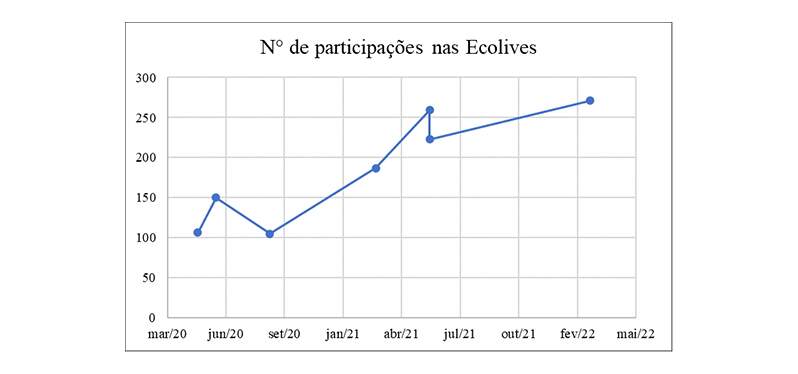
Through the Ecolives, it was possible to consolidate the legitimacy of Anglo American’s Environmental Education Program (PEA) , both on the part of operational workers and those in higher positions and, in addition to them, in a general context, it is possible to if you consider that the Ecolives helped in the inclusion of other publics of transversal interests.
This type of activity seems to be configured as a favorable environment to attract universities and researchers, representatives of environmental agencies to join the Anglo American team that, at the invitation of the hosts and hostesses, integrate debate panels, often bringing more precise and technical information about the main topic.
In this way, the public ends up being captivated by the most diverse representatives of areas and discover, in practice, that environmental issues are disseminated in the most varied areas of knowledge .
The arrival of external researchers to contribute to the formation of panels of specialists in the Ecolives aroused greater interest in the public in participating in the activity and when the distribution of certificates of participation in the Ecolives was formalized for inclusion in their curricula.
All of this makes it possible for Ecolives to be reconfigured in the future in order to serve the public in modules, allowing Anglo American to organize the issuance of certificates that are valid for some type of score in the career plan, for example.
On the other hand, the environment provided by Ecolives can be rethought as an opportunity to develop corporate education in partnership with universities and education centers.
Thus, the company can contribute, through the technical and empirical knowledge of its employees, with the training not only of its own body of workers, but also to provide services or strengthen partnerships with external institutions. An example of this is the ongoing partnership with the Universities of Minas Gerais (UFMG) and Viçosa (UFV).
A concern to be considered in the process of corporate environmental education through Ecolives is based on the restriction they impose on audiences that do not have easy access to the internet, as is the case of some operational workers when they are working.
Removing these workers from their activities in the field to be introduced to the virtual environment was not possible in its entirety. Few people in these functions participated in the Ecolives, even though some were invited by their managers.
But the Synergia team believes that, even so, there was more gain than loss , since by popularizing the Ecolives, a gradual training process is undertaken that gradually incorporates each group of employees, respecting their work logic , their access to communication equipment and their digital literacy.
This means that the Environmental Education Program bets on the possibility of inserting workers who are outside the offices or without the possibility of accessing laptops or cell phones with internet inside the company, gradually to the online educational process, affirming the inclusive and continuing education as one of its main pillars.
Synergia believes that for the teaching-learning process to take place, it is necessary to consolidate several stages, including not only the concern with disseminating content , but the concern with the choice of methodologies and tools that allow the participation of all people, so that democratic.
In this sense, the incorporation of operational workers to the new modalities of online education requires efforts that translate into very particular strategies. These consider the need for reflection on the transformations that occur in the organization and division of labor, as well as on the way technology participates in this process. Companies need to think of new ways to enable the provision of adequate conditions for such workers to participate in training processes in environmental education .
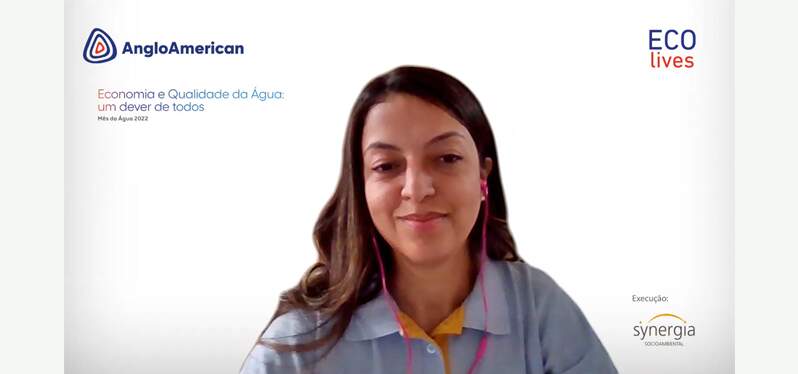
These depend on technical devices that involve the learning of methods and processes that will reflect social relations, ways of sharing knowledge and, finally, the recognition of these workers and their role in the company’s environmental culture.
Another topic that is also of concern are the social , economic and cultural transformations that virtual environments cause in work relationships associated with the dynamics of remote training.
By replacing face-to-face activities with online ones , the need to provide catering was discarded , after all, in the age of internet lives , everything happens in an atomized way.
With each participant in the activities now being in their own home or office, the moments of socialization and welcoming – which were previously fueled by coffee, snacks and sweets – disappear, to cite just one example.
Virtual meetings forcefully eliminate not only food as a relevant cultural component for socializing in collective training environments, but also the hiring of local labor to provide these services, which were sought among small producers in nearby communities. from the surroundings.
For Synergia, an important premise considered in the development of its work is to assume the inclusion of local communities in the entire chain of its actions. This includes encouraging and moving the local economy by contracting local labor and services or purchasing their products. Food supply services were an important sector, supplied by this workforce, but which, little by little, was being replaced by other forms of incorporation of these workers.
By including local handicraft products in the distribution of gifts that online activities still allow or hiring small audiovisual production companies to provide digital content for educational campaigns on social networks, such as Instagram and Youtube, the premises related to the dynamism of the local economic chain, even in a virtual environment.
Corporate environmental education has been renewed and accompanied by socio-technological changes , without losing its emancipatory character, based on acting to transform and which depends, above all, on people’s participation and engagement.
Using the internet as a tool for communication and propagation of ideas , it is possible to provide an approach as effective as face-to-face environmental education, that is, the face-to-face model.
The different online interactivity tools make it possible to monitor and measure public participation digitally and in real time. We can point out some elements that help to prove this, such as:
Specifically, within corporate environments, where environmental education plays a fundamental role in mobilizing employees to get to know and participate in the company’s environmental culture, electronic and digital means have enabled a greater range of initiatives among its public, as it allows reconciling the dissemination of information without greatly affecting daily work.
In this sense, Anglo American and Synergia have been betting on mass events and products for their workers, such as Ecolives. But also in online Workshops and Conversation Circles. In addition, the use of WhatsApp broadcast lists and podcast links to invite, inform and engage your audience for the respective broadcasts via digital platforms stands out.
This is how the corporate environmental education that they develop and encourage has reached a larger and more diverse audience than the one usually more captive at face-to-face events.
As noted in the previous section, the participation of workers in Ecolives grows in number when compared to face-to-face activities and, at the same time, becomes more dispersed, that is, there is more diversity in the public of Ecolives.
This can be demonstrated by the number of managers present, meaning that, through online activities, it is possible to reach employees from the most diverse areas.
Finally, it is possible to say that Ecolives formalized a way of working with environmental education . There was standardization of the activity, implying the definition of format, duration, dynamics, dissemination (via invitations and podcasts , called “Anglo American Moment”), blocking of employees’ schedules to guarantee their participation, construction of call-to-action slogans etc., giving the activity a corporate “soul”.
In terms of content, Ecolive has also become the official channel for disseminating topics relevant to the company’s environmental management, as speakers become employees/experts from the “house” who narrate their work routines, expanding the accumulated knowledge of invisible areas of the company for the vast majority of people.
All of this could not have been achieved if it weren’t for the partnership between Anglo American and Synergia, built over almost 4 years and which strengthened the work itself, with technical, pedagogical and internal organization solutions superior to what existed before the Ecolives. The live format showed greater participation, and should continue – even with the end of the period of social isolation – maintaining corporate environmental education actions in a hybrid format, thus giving all audiences the opportunity to participate.
[i] Minas-Rio is Anglo American’s iron ore operation in Brazil. It is located in the states of Minas Gerais and Rio de Janeiro. It is a fully integrated iron ore export operation, with a mine, processing plant, pipeline and dedicated terminal at the Port of Açu.
Organized by: Synergia Consultoria Socioambiental and Anglo American
Article written by Leonardo Barbosa and the Synergia Social and Environmental Education Center team and by Claudiana Souza, Lorena Pires, Marcelo Souza and Lorena Lopes – Anglo American team.
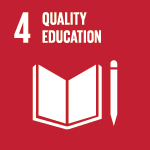
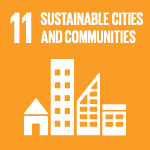
Sign up and receive our news.